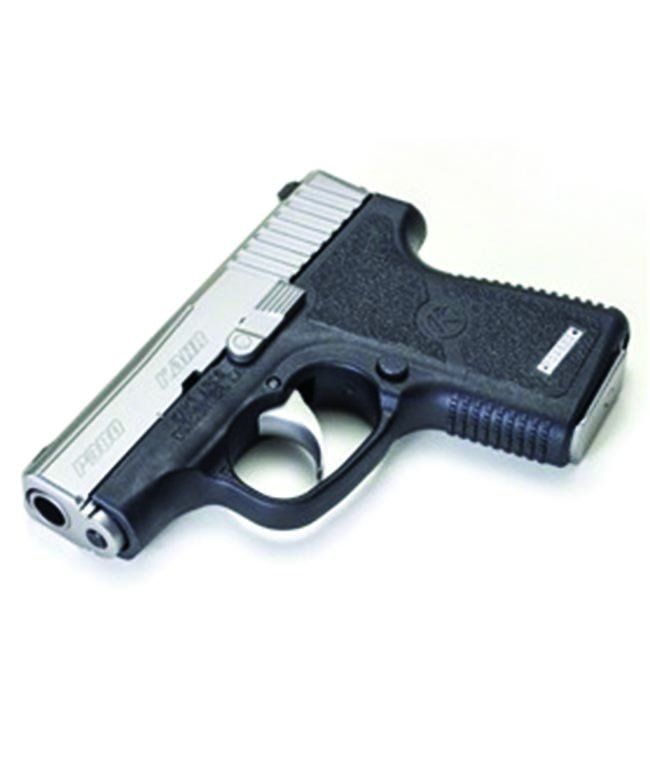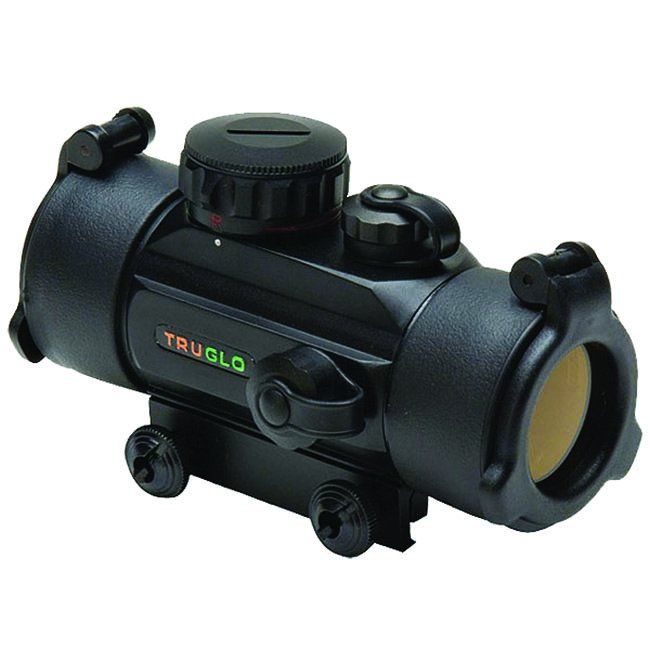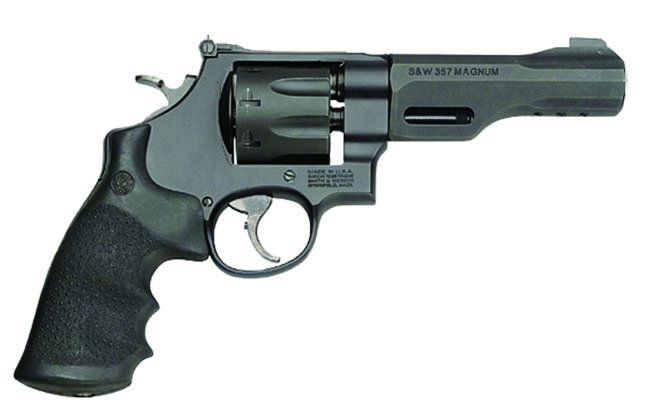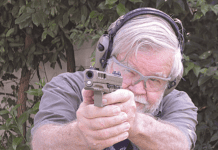Re “A Quartet of Pocket Pistols,” November 2014

I couldn’t help but notice you picked the cheaper Kahr to compare to two other near-$700 guns, which is a little more than the P380 typically costs. I haven’t fired the CW380, but the P380’s trigger is incredible: very smooth, and though long, its pull is consistent with no grit at all. Very nice trigger and it’s capable of incredible accuracy for a gun that small, much more accurate than I can shoot! It is also very comfortable to shoot. I’ve previously owned a Kel-Tec P3AT, which you indicated you would buy over all of the four you compared. Hogwash! It hurts to shoot, and its trigger is absolutely terrible, both heavy and gritty. I would never shoot more than one magazine at a range session with it, but the Kahr I can shoot all day. Maybe the review would have been different with the P380. Thanks for the unbiased reviews, and keep up the good work.
— Justin Morgan
More expensive is not an advantage in our rankings. In fact, less expensive is a huge advantage, assuming similar functionality. I appreciate the tip and recommendation on the P380.
— Todd
Red Dot on a Ruger
Todd, I am looking to mount a TruGlo red-dot sight to a Ruger SR9C and am looking for any information you can give me. My problem is I have a quick-mount adapter from Galloway Precision that replaces the rear factory sight, and I need info on a piece to attach a Picatinny rail section so the red dot will be able to be mounted. Can you give me any ideas on where I can get this adapter? Thank you for your help. I look forward to your magazine and read it cover to cover and have seen a lot of great ideas, but so far I have not seen anything on mounting a red dot on a pistol. Thanks again, and I will be looking forward to hearing from you on that subject.
— Robert Jones
Imperial, Missouri

Hey Robert: If it were us, we would log on to Brownells.com and look around for the piece you want, or for your red dot sight. If you’re on there for a few minutes, you’ll get a prompt to chat with a technician who can help you find what you’re looking for. Start the chat and get as technical as you want. They’ll be able to match your pistol to the available rails. Wouldn’t hurt to have an image of the adapter handy to send during the chat.
— Todd
Re: “IDPA Revolvers: Ruger’s Match Champion, S&W’s Pro 686 SSR,” December 2014
I like the articles on revolvers, such as the IDPA Revolvers in the December issue. I disagree with the statement that chamfered chamber mouths “should be standard on all revolvers.”
I own an S&W TRR8 .357 Magnum 8-shooter, which I like, except for two things. First, unlike my other revolvers, the ejector star is chamfered. I don’t use semi-wadcutters, so all my bullets have much more of a chamfer than you could put into a chamber mouth. The chamfer puts a sharp edge against the unsupported brass. With magnum loads, this leaves a score mark on the brass, as if you had rolled the brass on a table while pushing down on it with a knife. It concerns me that a case rupture at the base of the brass might be in my future with my reloads. I don’t use maximum loads, but a rupture at that end of the case could cause serious burns.
This might not be an issue on some revolvers, except the TRR8 is also designed for moon clips. A good speed loader is almost as fast as a moon clip, but far more rugged. In the real world, bumping into something with your moon clip belt pouch can but put eight bullets out of action, even if only one is bent out of position. The recess for the moon clip sinks the ejector tab deeper into the cylinder, so the sharp edge of the ejector star is no longer in the solid brass base part of the case. The case expands and the brass is scored.
I have also found that using individual cartridges sometimes results in a click instead of a bang. I traced this to cases which, when resized, were at a very slight angle. Standing them up on a flat surface, there was a almost undetectable lean (primers were not causing this). The case may not have seated fully in the shell holder when it was resized. Without the support of the moon clip on one side, with the case rotated so the slant of the rim pushed the bullet further into the chamber, a light primer strike occurred.
For sporting events, the chamfers and moon clips make sense, so I’d give chamfering an A. But for a dependable carry piece in the woods to protect you from two- and four-legged critters, chamfering might only be a B+.
I am suggesting looking at these issues when revolvers are evaluated. It’s so hard to find out these things until you have already put your money down. This is why I like your magazine. An article on speed loaders would be good as well.
— Bill Ramirez
Chandler, Arizona

For those who might not be familiar with Bill’s wheelgun, it is a Performance Center product, Model 327 170269, with an MSRP of $1,329. It comes with a 5-inch barrel on a large frame made of Scandium alloy, which is part of the cost basis. The cylinder is stainless steel. OAL is 10.5 inches, and empty weight is about 35 ounces.
— Todd
Holster Tip for S&W Shield
I bought a S&W Shield that I wanted to carry in an IWD holster. I tried several holsters with the usual spring steel clip. Putting these on went well, but getting them off always was a pain. I went on the Bianchi website to see if I could find a better way. I found a Safariland leather holster (Model 27) with a J-shaped spring steel clip. This holster really works great — much better than any other I tried. It goes on and off easily and holds the gun securely, both during wear and when withdrawing or reholstering the gun. I even got a left-handed version from them. You may want to check it out the next time you evaluate holsters. Love your publication!
— Mike from Idaho
Enjoys Shooting Collectibles
I am thoroughly enjoying the “Shooting Collectibles” articles. When I originally subscribed to your excellent publication back in the mid ‘90s, I was in the market for new, inexpensive, reliable firearms. Your publication delivered and still does. Keep that up! Now in my later years, I have moved more and more to the “shootable military collectors” hobby/sport.
I want to shoot these old military workhorses, research all the marks and stamps, and delve into their history. I don’t need tack-drivers, don’t need them to be pretty, don’t need them to be even mildly rare or collectible in the traditional sense. “Shooting Collectibles” is spot on and adds greatly to my enjoyment of every issue. Only thing I would ask is to flesh-out the function and assembly/disassembly some more. Thanks for a great read!
— Keith B.
Glad you like them. Bob Campbell and Robert Sadowski enjoy pitting new versus old, and old versus old. Like with the old 9mm pistols article, I will often look at the story pitch and mumble something about “nobody cares about this thing,” then months later when the story comes in, I’ll be enthralled with the piece. Good guns are good guns, regardless of their age.
— Todd
Re “Two Old Surplus Mausers: Swedish vs. Brazilian Bolt Guns,” November 2014
Thank you for running the Mauser comparison. I hope your publication is able to continue such evaluations in the future. I acknowledge that the GT grading system was fairly applied to the weapons in the test. However, I believe the review misses aspects that appeal to shooters rather than “wall hanging collectors” to whom these guns are recommended. For those of us who actually shoot these guns, the work involved in achieving original accuracy or better are all part of the experience: chamber casts, barrel slugging, muzzle crowning, stock de-oiling and re-bedding, replacing worn or damaged parts, handloading, whether using lead or jacketed bullets, full power or reduced loads, and so on. One could tabulate the expenses and time involved, but a pleasing and relatively harmless obsession is priceless. In the future, the reviewers ought to acknowledge that such criteria affect the reader’s evaluation of the standard grading process.

One historical issue on the M96 Mauser is of interest. The barrel threads were not placed there for a flash hider. The original use was for a blank firing attachment that shredded any solid matter exiting the muzzle. Aftermarket thread protectors and newly made flash hiders are available.
— B.M. Brogden, Jr.
Re “22-Caliber Centerfire Self-Loader Shoot-out: FNH Vs. Rock Island,” December 2014
Read with interest your article about the 22 TCM. I read all the glowing articles in several firearms publications and purchased a Rock Island 22 TCM. After I told my son, a forensics instructor, about my purchase, he got back to me about all the negative reports on the internet from folks who purchased a TCM and had problems. On my first trip to the range, I got through two-thirds of a box of ammo (standard Armscor factory ammo) and the TCM failed to function. I could not even move the slide. The gunsmith at the shop where it was purchased managed to clear the spent casing and said I had too much oil in the chamber when I initially cleaned it fresh out of the box. I’ve been shooting for 60 years (since I was 8) and never experienced such a problem. However, next time out, I made sure I swabbed out the chamber with a dry patch. Got through barely one box of ammo, and it hung up again. Back to the shop. This time the gunsmith decided to send it back to the factory. About four weeks later it came back with a new firing-pin spring, new guide rod spring, plus they reamed out the chamber by 2/1000ths. Again, took the pistol to the range and got halfway through a box of ammo when it malfunctioned again. Back to the shop. Gunsmith popped the spent casing out and used a bronze brush to thoroughly clean the chamber. Again, I went to the range, got through two-thirds of a box of ammo, and once again, had a failure to eject with the spent casing firmly lodged in the chamber. This time, I could rack the slide, but to no avail as far as ejecting the casing. So I tried to gently pop it out by using a thin dowel from the muzzle. I was eventually able to grasp the rim of the casing and got it out. Cleaned the firearm and put it away. Have not done a re-try yet.
Just wanted you to know that this firearm does have its problems. The factory should take measures to correct the situation or fewer consumers will purchase it and become disappointed with the results.
— Fred Shultz
Seems like you gave it more than a fair shot. If Bob Campbell had experienced any malfs with it, he would have said so.
— Todd























